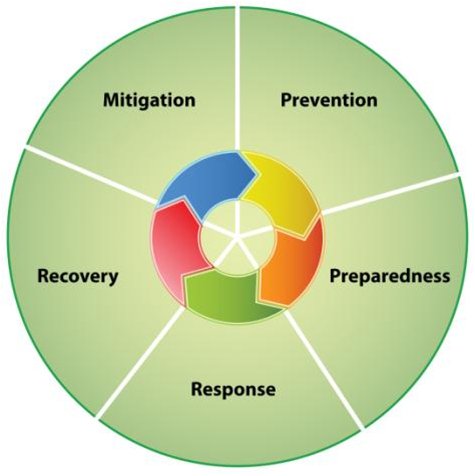Welcome to the Waseca County Emergency Management site
This website was designed with the primary goal of providing Emergency Operation Center Officials with real time access to the ever changing Emergency Operations Plan. Accurate and up to date information is crucial before, during, and after local and national emergencies. Emergency Management officials are issued a unique username and password to gain access to the secured information area contained under the Waseca County Emergency Operations Plan tab.
This valuable online resource also provides both static and dynamic safety information to the public to help in preparing for an emergency. Static information is delivered to help educate the public to increase hazard awareness. In the event of a major event such as an avian flu outbreak, the Emergency Management Office will utilize this site to relay up-to-date safety information in real time.
In line with Presidential Policy Directive 8, FEMA annually releases the National Preparedness Report which summarizes the Nation’s progress in reaching the National Preparedness Goal of “a secure and resilient nation through systematic preparation for the threats and hazards that pose the greatest risk.” The completion of a State Preparedness Report, derived from Emergency Management planning and risk assessment at the local level, is based on the mission areas of Prevention, Preparedness, Mitigation, Response and Recovery. Note that the symbol for Emergency Management consists of five arrows forming a circle. The arrows represent a systematic approach where each arrow represents one phase of a comprehensive process:
Prevention actions are taken to avoid an incident or stop an incident from occurring and includes deterrence operations and surveillance.
Preparedness activities increase a community’s ability to respond when a disaster occurs. Typical preparedness measures include developing mutual aid agreements and memorandums of understanding, training for both response personnel and concerned citizens, conducting disaster exercises to reinforce training and test capabilities, and presenting all-hazards education campaigns.
Response actions, carried out immediately before, during and after a hazard impact, are aimed at saving lives, reducing economic losses, and alleviating suffering. Response actions may include activating the emergency operations center, evacuating threatened populations, opening shelters and providing mass care, emergency rescue and medical care, fire fighting, and urban search and rescue.
Recovery phase involves actions taken to return a community to normal or near-normal conditions, including the restoration of basic services and the repair of physical, social and economic damages. Typical recovery actions include debris cleanup, financial assistance to individuals and governments, rebuilding of roads, bridges and key facilities, and sustained mass care for displaced human and animal populations.
Mitigation refers to measures that prevent an emergency, reduce the chance of an emergency happening, or reduce the damaging effects of unavoidable emergencies. Typical mitigation measures include establishing building codes and zoning requirements, constructing safe rooms, installing shutters and constructing barriers such as levees.
There is no beginning or end to the process. Prevention, Mitigation and Preparedness are ongoing efforts to identify hazards and to be ready for them. Response and Recovery actions are the result of an event occuring. The recovery process includes mitigation actions as part of the preparation for the next event.
